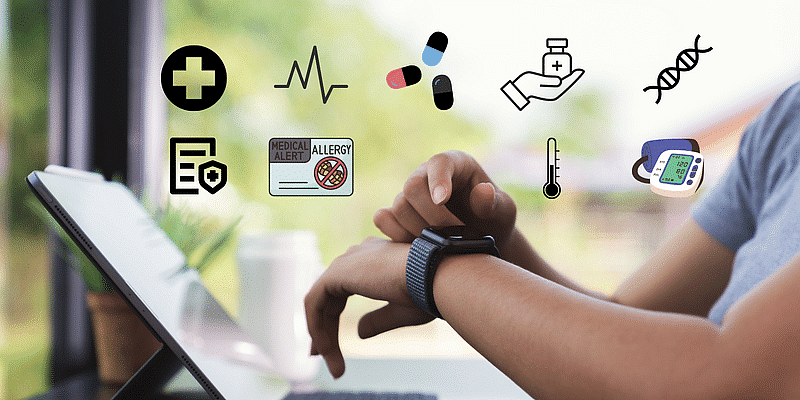Wearable technology has taken massive strides in recent years, with its integration into health and biometrics gaining momentum. The evolution of wearable technology is transforming the ways in which we monitor and manage our health, track physical activity, and provide identification using biometric measurements.
Biometrics in Wearable Technology
Biometric wearable devices are increasingly replacing traditional password and chip-and-pin authentication methods. Companies such as Oura and Token are leading the way with their smart ring and biometric wearables, respectively. These smart devices are designed to be passwordless and FIDO2-compliant.
Innovations in this sector are not limited to fitness or identity authentication. New studies show that even the movements of an individual’s head and hands in a virtual reality (VR) application can be used for identification. Additionally, biometric wristbands are being introduced in US county jails, and smart ePants are being sought after for military service members.
Wearable Technology in Healthcare
Wearable health sensors are transforming healthcare by enabling real-time monitoring of the wearer’s health and surrounding environment. With advancements in sensor and operating system hardware technology, the functionality of wearable devices is diversifying and becoming more precise.
As the ageing population grows globally, the medical sector faces the challenge of assisting patients in achieving health monitoring. Biosensors that enable real-time health monitoring, prevention, and treatment have been the focus in recent years. They not only predict disease but also enable health improvement beyond exercise. Such devices have evolved from simple step trackers to tools capable of monitoring medical issues and enhancing general health.
The use of wearable sensors for health purposes traces back to the 1960s, with the pacemaker being the first sensor for monitoring human health. Since then, wearable health sensors and implantable sensors have been created and used, with the advent of new technologies and phone apps making it easier to acquire the patient’s health information.
The focus of wearable technology has significantly shifted over the years. Researchers are now concentrating on addressing important difficulties in healthcare applications such as management of diabetic patients and remote monitoring of the elderly. In response to these challenges, scientists are developing wearable biosensors that incorporate biometric aspects into sensor operations.
The Future of Wearable Technology
With the ongoing miniaturisation of technology, wearable devices are becoming increasingly accurate and versatile. They can be woven into clothing as in-textile electronics, integrated into everyday items, or even implanted in the human ear. One of the most promising areas for wearable healthcare technologies at present is remote patient monitoring.
Despite the promising advancements in wearable technology, the question of data privacy remains a concern. The protection of health data, especially when it involves personal reproduction data, is a critical issue. The U.S. Federal Trade Commission has warned businesses against illegally monitoring or handling such information.
Wearable technology is revolutionising health and biometrics. With its increasing accuracy, versatility, and potential for real-time health monitoring, wearable tech offers promising opportunities for healthcare. However, it is essential that as we continue to innovate and explore these technologies, we also address data privacy concerns to ensure the safety and security of all users.





![Read more about the article [Funding alert] BigBasket gets an additional Rs 350 Cr from holding company](https://blog.digitalsevaa.com/wp-content/uploads/2021/05/Imagew2li1569824043873jpg-300x150.jpeg)




